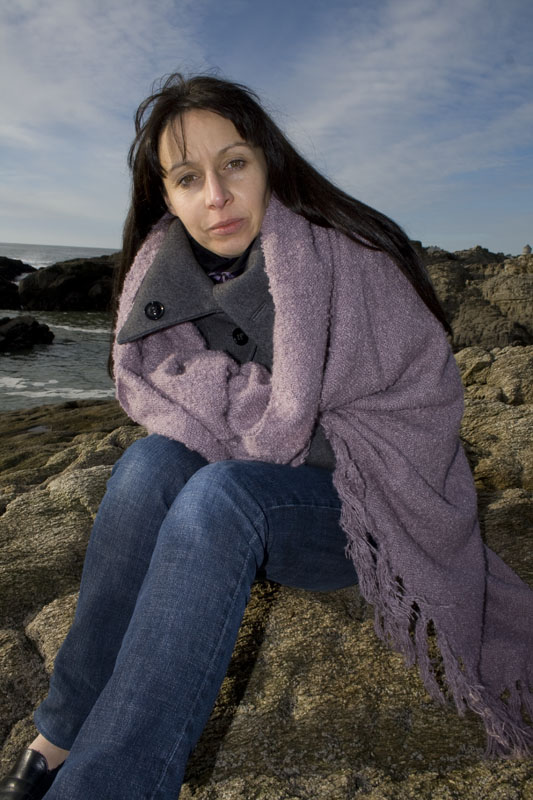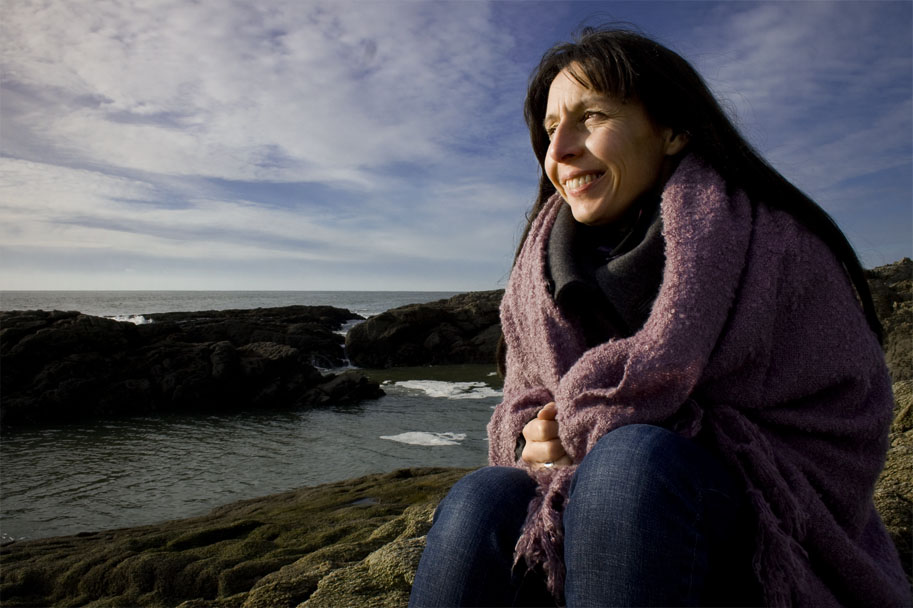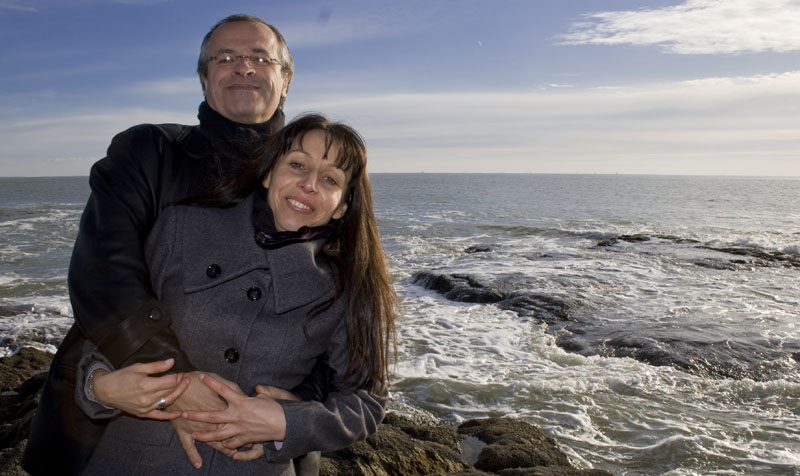Think about it, how was this light? What are the light sources?
Fill flash is one of these things that we hear or read about all the time, and although it sounds like a good idea, it's usually hard to put it in practice in the field. When I'm out taking photos, I'm thinking of a million things, but certainly not about a potential light source that I can't see (flash). Every so often, I'll pop up the flash out of the camera and make a frame, it'll look like crap and I'll close the flash and keep shooting normally, thinking to myself, "See?! I told you that little pop-up sucker was useless... What were you thinking?"
But then, one day, the laws of light and exposure caught up to me, and the dynamic range was just too wide, too important, too varied, and I needed to fill in the shadows somehow. And of course, all I had with me was that little pop up flash, could he be of any help? Well, it turns out, he can.
The above photo is light in three parts. We have the sun, it's mid afternoon in winter, the sun is low, but it's a nice day, so the light is very hard. We're at the ocean, with clouds, the light from the sun bouncing off the ocean and the clouds is a second light source, it's a subtle one, but it does give some fill coming from 25 degrees lower than the sun. The third light source, is the pop up flash on a Canon rebel Xti, a puny, almost embarrassing source of light, that is, until you master it.
So now that we know where the light is coming from, a couple mysteries still need to be solved, exposure for one, flash output and appropriate shutter speed for another.
 So this is how things look, from here, I could decide to expose for the sky,which would move my mother deep into shade, or I could expose for her (which is the point after all) but I lose any context of where she is.
So this is how things look, from here, I could decide to expose for the sky,which would move my mother deep into shade, or I could expose for her (which is the point after all) but I lose any context of where she is. So far, my options suck, I'm thinking at this point of faking a camera malfunction to get out of doing this portrait for her, either way, she'll be disappointed and I'll look like I've just been showing off with all these cameras for all these years if I can't take a simple "photo of me by the beach". Damn... I should have been a painter!
So I sit her down while I try to appear confident, and I pop open the flash, apologizing about how idiotic that little thing is with some excuse like: "It's just for a test exposure."
 And I get this. Now, this is miles better than what we have above, I can see the sky, I can see her face, everything is contained within my sensor's ability to capture the scene. But the light on her looks like I'm going for my high school photography class fashion assignment, not exactly flattering or very telling of the place we're at.
And I get this. Now, this is miles better than what we have above, I can see the sky, I can see her face, everything is contained within my sensor's ability to capture the scene. But the light on her looks like I'm going for my high school photography class fashion assignment, not exactly flattering or very telling of the place we're at. Go in the menu, put the flash in manual mode, and dial it down, and move the camera mode to manual. Why manual everything? Because modern cameras love to make educated guesses about what you're trying to do, and it tells the flash to do this and that, but doesn't tell you what it's going to do, and you go to take the next picture, and the output is different because the camera guessed differently. Skip the guessing.
I set my aperture to f.8 to get some depth of field, but mostly, I want to get my shutter speed down and slow. I get my ISO down to 100, and after all that, my meter is telling me the sky is going to be 1/200th of a second. But that means that my flash will need to do a full pop to fill in the shadows but at the same time ruin the light on my mom, so I go to f.16 (and kick myself for not having Neutral Density filter with me, since I'm going to be suffering from diffraction... so be it)
Recap: 1/50th of a second, ISO 100 at f.16. Make a test frame without the flash, see how the sky looks, adjust to taste using the aperture or ISO settings. Now, pop the flash back up, and turn the power down, and make a frame, the main light should be the sun with some fill from the flash, adjust the flash to taste.
Since the flash burst is in fact very short (1/1000th of a second), most of our exposure is coming from the natural light, but the deep shadows are going to be hit with a tad of on-axis fill and bring that back into the realm of the acceptable. Make sure you keep your distance to the subject constant though, since as you get further away, you need to up the power of the flash and turn it down as you get closer.
Now that I have my settings figured out, I pose her, compose and grab a couple frames. I get Nicolas to join and we take a few more. Not bad after all. I didn't even think that his glasses would reflect my flash, the remedy: Photoshop, or moving the flash off the camera so that the reflection becomes invisible. Notice how he is already a half stop darker than she is, the distance to the subject had a huge impact on the exposure.
Of course, next time, I'll bring some external flashes, wireless triggers and stands to do this properly, but this has definitely changed the way I think about the little buddy above the viewfinder.
After seeing these, I decided to elaborate on the concept in a real Do-It-Yourself kind of way by taping up and gobo-ing half the flash inside of a teleferic cabin over Madrid... Next time.
And my sensor needs a cleaning...



